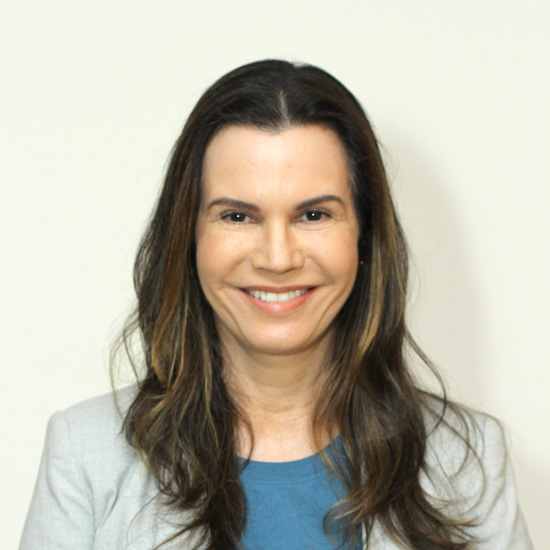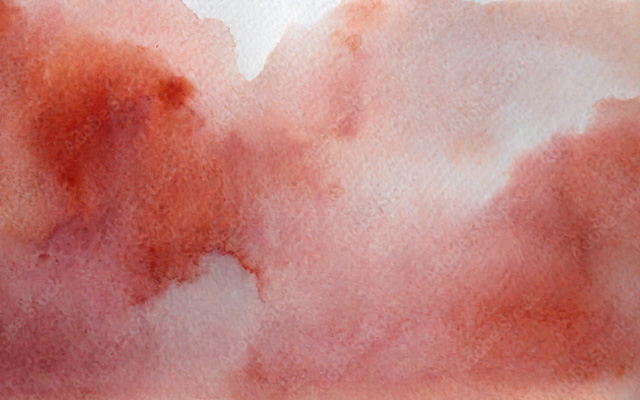

Dr. Patricia D. Deps
Saturday, 18 May 2024
10:45 – 11:05 CEST
Forensic dermatology is extremely useful in identifying cases of physical violence and torture in clinical practice in living victims, which refers specifically to the examination of skin, hair, and nails to determine patterns of injury that point to the cause and circumstances of violent injury.
Unfortunately, torture is still practiced in more than 100 countries around the world, and more than 400,000 people who have survived torture live in Europe and about 1.3 million torture survivors can be found in the USA. In the examination of survivors of torture, a complete skin investigation is indispensable. The physician must be able to distinguish the different patterns of skin lesions, as well as to be able to identify when the marks are caused by torture or other skin conditions. The UN created the Istanbul Protocol, a health care guideline to assist victims of torture. Its approach focuses on skin, face, chest and abdomen, musculoskeletal and genitourinary aspects, and the central and peripheral nervous system. In addition, it includes information related to specific forms of torture. Skin lesions arising from torture cover a wide range of physical trauma, including lesions caused by beatings, abrasions, contusions, lacerations, puncture wounds, burns from cigarettes or heated instruments, electrical injuries, alopecia, and nail removal. Beating causing cutaneous and bony lesions are the most reported torture method and locations among survivors. In the acute phase, blunt force trauma manifests as bruises, lacerations, erythematous macules, edema, blisters, and ulcers; in the chronic phase, post-inflammatory hyperpigmentation is usually seen, particularly in darker skin. Torture burns can be thermal, chemical or electrothermal, causing distinct lesions determined by the method, duration and intensity of exposure, and area of skin affected. Stabbing or cuts from knives can inflict a wide range of lesions. Suspension and ligatures may occur alongside scars from other forms of torture such as falanga, electric picana and electric grill, gunshot, electric discharge weapons, etc. Differential diagnoses include many skin conditions, self-inflicted wounds, ethnic scarification, and scars from traditional healing practices.
It is important for specialists to be trained in recognizing the signs of potential trauma in their patients and feel equipped to handle such situations.




